CrimeReads: 10 New Books Coming Out This Week ‹ CrimeReads. https://crimereads.com/10-new-books-coming-out-this-week-january-3-2022-2/
Tag: mystery
-
Article: The Best Noir Fiction of 2022
The Best Noir Fiction of 2022 https://flip.it/fcHesx
-

The Best Book and Song Pairings from Taylor Swift’s New Album, Midnights
Didn’t get a ticket for Taylor Swift’s upcoming tour? Don’t despair. Think of all the money you saved when jamming out instead to Midnights along with a good book instead. The librarians at Libby, an app for borrowing ebooks, audiobooks, magazines, and more that let’s you borrow from your local library for free, went track by track to come up with pairings to go along with the new album, check out that list here.
The best part? Unlike a $700+ floor seat and hours of Ticketmaster torture, these books are free. So instead of a credit card, just whip out your library card.
Give credit to Joe Skelley (see his bio below) who works for Libby.
Midnights Book/Song Pairings
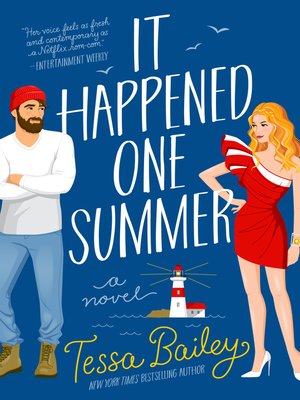
♫ Lavender Haze
📚 It Happened One Summer by Tessa Bailey
Piper Bellinger is an Instagram wild child with a trust fund and a penchant for riling up the paparazzi. A lot of people make assumptions about her, including Brendan—at first. Both characters show that there’s more than meets the eye and they don’t give a darn what people think if they’re meant to be together.
♫ Maroon
📚 The Seven Husbands of Evelyn Hugo by Taylor Jenkins Reid
No spoilers here but IYKYK—this song fits the bill.
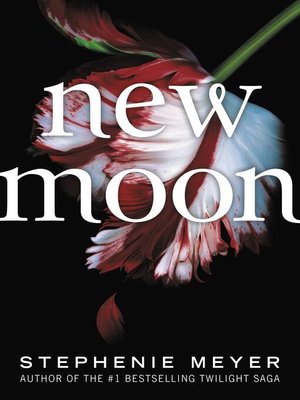
♫ Anti-Hero
📚 New Moon by Stephenie Meyer
Jokes about Jacob Black and Renesmee aside, this song captures the vibe of the franchise and the era of the books and movies so well. Whether it evokes Bella’s four-month depression (Hello, One day I’ll watch as you’re leaving / And life will lose all its meaning), Edward feeling like “a monster on the hill” and a danger to his love, or truly the “covert narcissism” disguised “as altruism” from just about every Cullen, this song has the Twilight franchise covered.
♫ Snow on the Beach
📚 The Invisible Life of Addie LaRue by V.E. Schwab
Addie makes a deal with the devil and lives forever, but is forgotten by everyone she meets. That’s until she meets a man who remembers her name. A lot of her life and loves feel like snow on the beach: weird but beautiful and, often, impossible.
♫ You’re On Your Own, Kid
📚 I’m Glad My Mom Died by Jennette McCurdy
With lyrics like, I didn’t choose this town, I dream of getting out and I hosted parties and starved my body / Like I’d be saved by a perfect kiss down to the repetition of You’re on your own, kid, you always have been, this song evokes so many of the feelings Jennette describes throughout her book: navigating life with her mother, being forced into Hollywood and just doing her best to survive.

♫ Midnight Rain
📚 The 99 Boyfriends of Micah Summers by Adam Sass
Micah is the “Prince of Chicago.” He runs a popular (anonymous) Instagram filled with drawings of his numerous, imaginary boyfriends. He’s got it all, but knows he’s so much more than that. When Boy 100 turns into his very first boyfriend, he finds that love is so much more than what’s been living in his head. He has to fight the hurt as he tries to make his own name while Boy 100 is chasing the fame.

♫ Question…?
📚 Along for the Ride by Sarah Dessen
Auden spends a lot of nights reading or walking around town—basically doing anything but sleep. She runs into a fellow night owl, Eli, and they form a friendship as they both try to work through their stuff. These lyrics match perfectly:
Good girl, sad boy, big city, wrong choices. We had one thing goin’ on I swear that it was somethin’ / ‘Cause I don’t remember who I was before you painted all my nights / A color I’ve searched for since.
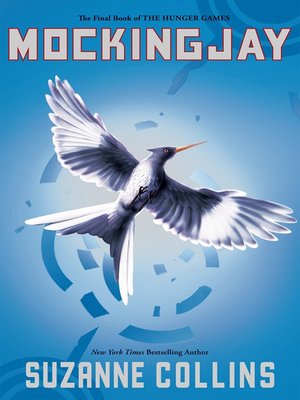
♫ Vigilante Sh*t
📚 Mockingjay by Suzanne Collins
There are so many strong, powerful and amazing women in literature who could absolutely “draw the cat eye, sharp enough to kill a man,” but from the jump, this song evokes thoughts of sticking it to The Capitol. Whether dressing for revenge, or taking down the corrupt system from the inside, Katniss Everdeen and her crew are up to some vigilante sh*t.

♫ Bejeweled
📚 Daisy Jones and the Six by Taylor Jenkins Reid
Daisy has a way of capturing the attention of everyone in the room when she walks in. She shimmers and shines, but there’s more to her than meets the eye.
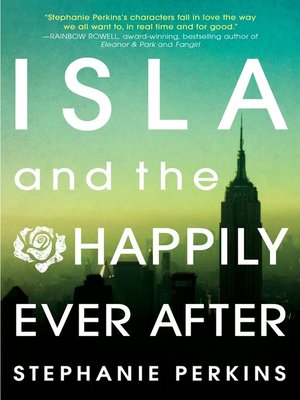
♫ Labyrinth
📚 Isla and the Happily Ever After by Stephanie Perkins
Isla is a hopeless romantic who might finally have a chance with Josh, a guy she’s had a crush on forever. But they have a lot of obstacles to overcome in this sweet and intense romance.
I’ll be gettin’ over you my whole life.
♫ Karma
📚 It Starts with Us by Colleen Hoover
We could totally imagine “Karma” as Lily’s anthem as she navigates the tricky dynamics of her ex, Ryle, and the feelings she has for Atlas as they meet again as adults. Lily deserves her second chance at love despite the others that keep trying to bring her down.
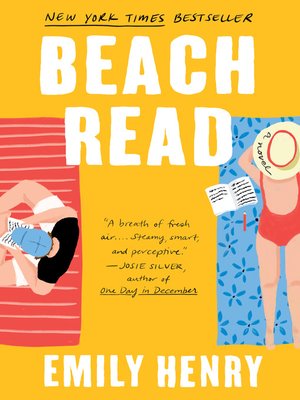
♫ Sweet Nothing
📚 Beach Read by Emily Henry
Beach Read follows January, a romance author who doesn’t believe in love anymore, and Augustus, a literary author who’s a bit of a cynic. A romance, yes, but you’ll need the tissues ready!
All that you ever wanted from me was sweet nothin’.
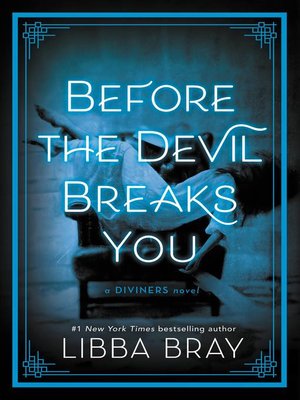
♫ Mastermind
📚 Before the Devil Breaks You, Diviners Series Book 3 by Libba Bray
This is such a magical and spooky series by Bray, filled with love and mysterious powers. There are so many moments in this book that feel like they only happen when all the stars aligned, and the love story of Theta and Memphis is surely one of them. From their chance meeting during the raid of the Hotsy Totsy club in Book 1, to discovering Theta’s past in Book 3, this pair absolutely embodies “the first night that you saw me nothing was gonna stop me.”
After you soak in the new album, head over to the Libby reading app to find the perfect book match.

About the Author
Joe Skelley has always been a lover of reading and passionate about the library. His love of libraries brought him to OverDrive where he works on the Events team, working with the Digital Bookmobile and co-hosts the Professional Book Nerds podcast. Joe loves thrillers, magical realism and the broad spectrum of YA. When he’s not working, Joe loves to listen to audiobooks and podcasts, watch YouTube, get too involved in a DIY project and (most importantly) play with his Boston Terrier, Roscoe.
Categories
Recommended ReadsTrendsLibby Tips & TricksLibby UpdatesAuthor InsightsProfessional Book Nerds PodcastBook ClubsLibrary LoveOn the Road
Get the latest news in your inbox weekly
https://pub.e.overdrive.com/libbylife
Unsubscribe anytime!
Follow for updates

The library reading app.
Borrow ebooks, audiobooks, magazines and more from your local library for free! Libby is the newer library reading app by OverDrive, loved by millions of readers worldwide.


-

Smile Beach Murder
When Callie Padget is laid off from her reporting job, she returns to her hometown of Cattail Island and lands a gig at the local bookstore—the same one where she found comfort after her mother died.

In fact, the anniversary of her mother’s infamous death is approaching. Years ago, Teri Padget tumbled from the top of the lighthouse. As islanders are once again gossiping about the tragedy, devastating news strikes: the lighthouse has claimed another victim. Eva Meeks, of Meeks Hardware.
The police are calling it suicide, but Callie does not believe Eva jumped any more than she believes her mother did—especially because Callie knows that before her death, Eva had dug up a long-forgotten treasure hunt that could have put a target on Eva’s back.
In Callie’s search for answers, she enlists the help of some beloved books and several new friends, including the handsome local martial art’s instructor, Toby Dodge. But when another death rocks Cattail Island, Callie must face her fears alone. As she earns enemies in pursuit of the truth, Callie knows she will either uncover the killer or become a victim herself.
SMILE BEACH MURDER is an all-new mystery series featuring Callie Padget, a former reporter turned bookshop clerk in the Outer Banks, who is pulled into a deadly web of secrets when a mysterious fall at a lighthouse echoes a tragedy from her past. When the police rule the fall a suicide, Callie has doubts. As she earns enemies in pursuit of the truth, Callie knows she will either uncover the killer or become a victim herself.
ABOUT THE AUTHOR
Before authoring the Outer Banks Bookshop mystery series, Alicia Bessette worked as a reporter in her home state of Massachusetts, where her writing won a first-place award from the New England Newspaper & Press Association. A pianist, published poet, and enthusiastic birdwatcher, she now loves living in coastal North Carolina with her husband, novelist Matthew Quick.
Bessette has lived in the Outer Banks for years, adding authenticity to her depiction of island life, characters, and gorgeous setting. Jamie Brenner, bestselling author of The Forever Summer, praises: “What could be better than a beach-read mystery? Lay out a towel, pour yourself some lemonade, and escape in this Outer Banks whodunnit with charm to spare.”
-
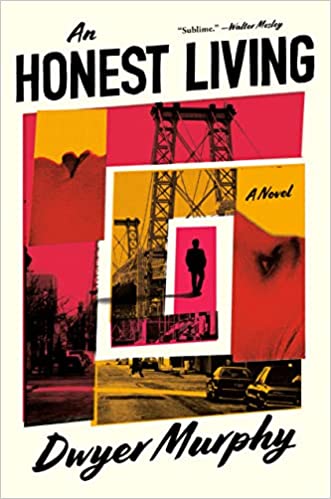
An Honest Living
“Noir land is always smoke and mirrors, and for those who like entering that world, be assured that Murphy is already at work on his next book.”
Anchored in life by little except a few friends, a love of books and cinema, and his nascent law practice—a downward slope from his previous position with a prestigious law firm—we never learn the name of the narrator in An Honest Living, Dwyer Murphy’s first novel. Even his clients seem unsure of who he is, and when one gives him a going away present with his name misspelled, our narrator can only ruefully observe “they were only off by a few letters.”
A guy like this makes a perfect patsy and that’s what happens when Anna Reddick hires him to determine if her husband is selling off her valuable collection of rare books. It seems easy enough. Staging a meeting with Reddick’s husband at the Poquelin Society which he describes as “a scholarly society dedicated to the art, science and preservation of the book, whatever that meant,” he quickly scores the proof he needs.
Case solved. Ha! As it could be that easy in a neo-noir novel set in a time and place where everyone seems to have a secret to hide and nothing is as it seems. And that applies also to the people the detective meets. It turns out the woman who hired our detective is not Anna Reddick.
Now, one of the noir fundamentals dictates that there’s a femme fatale, the kind of dame a hero shouldn’t fall for, but of course, always does. And that dame is the real Anna Reddick, a successful author and heir to old New York money. She hires and beguiles our detective to investigate the disappearance of her husband. Marital strife, a possible suicide or maybe murder, theft, and mystery—why wouldn’t you fall for a woman like that?
There are layers to this droll, atmospheric novel including the inside jokes the author wants us to get. If you’re wondering about the Poquelin Society, don’t bother trying to join. It doesn’t appear to exist, at least according to a Google search. But there was a French playwright and actor named Jean-Baptiste Poquelin, though he was better known by his stage name, Molière.
But the biggest of the wink and nods is for movie buffs familiar with the 1974 Jack Nicholson and Faye Dunaway movie Chinatown, directed by Roman Polansky. The plot of An Honest Man is an homage to this great noir classic and the book echoes many of its plot components. The book’s title derives from a conversation Nicholson had in the barbershop scene Chinatown.
But Chinatown is all Los Angeles in 1937 and the story revolves around water rights, incest, and murder. An Honest Living is New York through and through from the scenes that our detective spies from the G Train and the window of his brownstone or the streets he walks littered with trash and 24-hour diners. It’s Manhattan before the financial meltdown—urban, somewhat gritty, and unhomogenized.
Murphy has taken that time period and our knowledge of the looming crisis and created a compelling mystery set in a world of jaded hopes and ambiguous relationships. There’s the overwhelming sense that the other shoe will drop and when it does, it will come down heavy on our somewhat hapless narrator.
Noir land is always smoke and mirrors, and for those who like entering that world, be assured that Murphy is already at work on his next book.
This review previously appeared in the New York Journal of Books.
Published by Viking Books, it is also available in audiobook and Kindle formats.
-
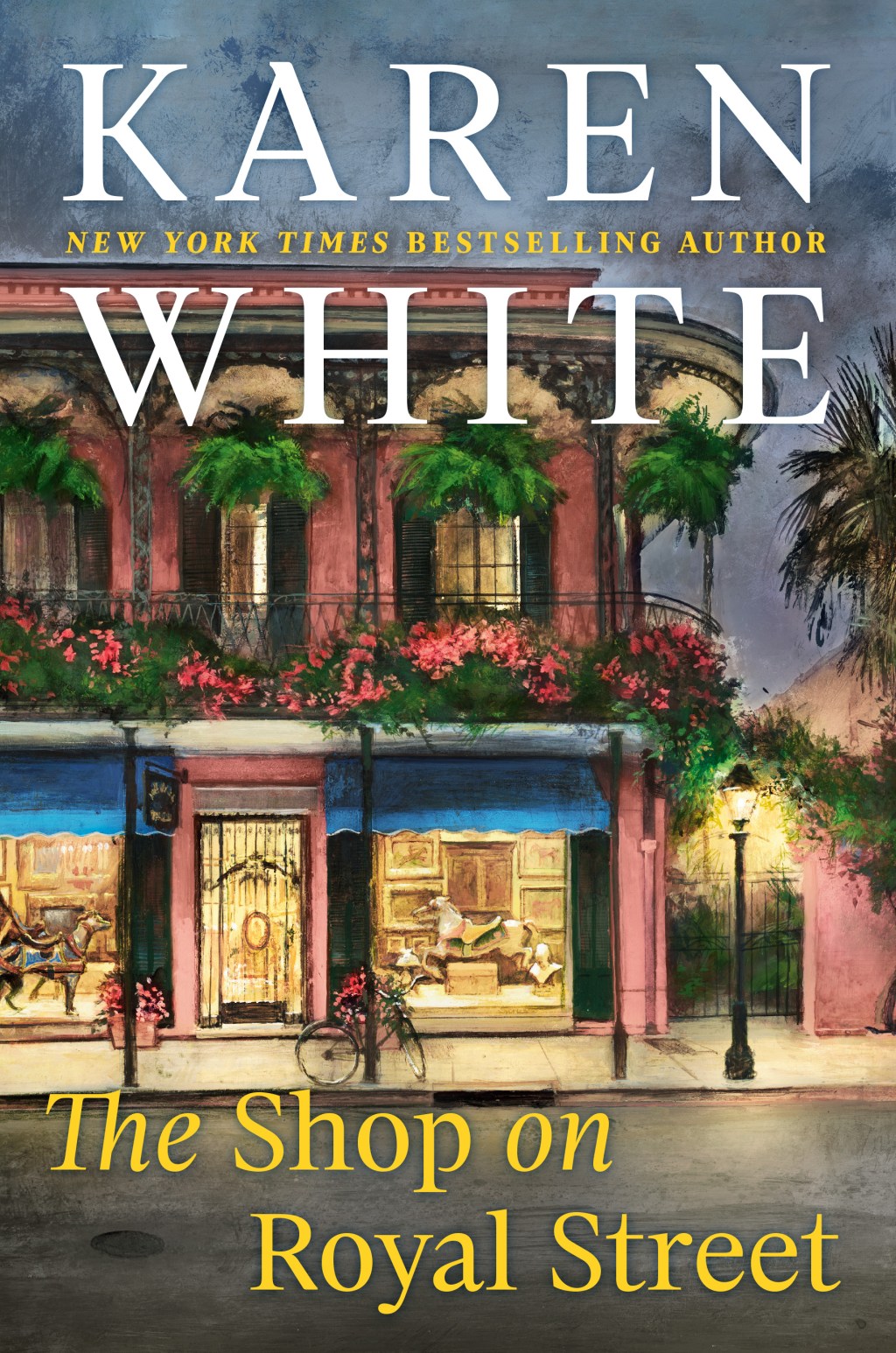
Karen White’s New Orleans Spooky Tale: The Shop on Royal Street
Author Karen White has added another page-turner to her repertoire of haunted houses and ghosts who won’t stay put in her latest book, “The Shop on Royal Street.”

White, who has written more 30 books, including the very successful haunted home Tradd Street Series, now has moved her spooky action from Charleston to New Orleans as we follow Nola Trenholm, who buys a Creole cottage that needs extensive work only to discover that some of the previous occupants are still living there — if living is the right term to apply to people who are dead.
But you can’t say Nola wasn’t warned. Her stepmother, who hears and sees ghosts like the rest of us see cars on the streets, tours the house with her before she signs the paperwork and suggests that it would be better to burn it down than then to move in.
As if that wasn’t enough of a warning, while they’re looking around there’s a sudden scream and an explosion of antique blue bottles — a seemingly spontaneous event with no possible explanation as to why it happened.
It turns out that the home was the scene of an unsolved murder, and to help her figure out what to do, Nola has to rely upon Beau Ryan, who can communicate with the spirits, something Nola unfortunately is unable to do. But Beau’s past is mysterious. His sister and parents disappeared during Hurricane Katrina and he is also connected to the murder that took place in Nola’s new home.
Nola has her own issues as well. A recent college graduate, like her parents she has addiction issues. Her father, Jack Trenholm, a best-selling novelist, has been able to overcome his demons, but her mother, a drug addict, didn’t.
White, who says she definitely believes in ghosts, has never seen one herself.
“And I’ve definitely put myself in places that are haunted,” she said.
Her grown son has and he is definitely not happy about it.
Is it hard to write about ghosts if you’ve never seen one, I ask White when we chat on the phone?
It turns out it is, since White never plans or plots her books, so what the characters say and do, whether they’re still alive or not, just flows as she writes.
Her human characters can be difficult and so can the spirits.
”I don’t use the ghosts to be scary, I use them as characters — it’s like having a neighbor,” she said. “I love how they tie in the past and the present and I love how they can be useful. Don’t we all wish we could ask for help from the other side?”
But, of course, she continues, ghosts can’t always express themselves any better than their human counterparts.
This article originally appeared in the Northwest Indiana Times.
-

These Toxic Things
Michaela Lambert has a career I’ve never heard of and indeed doesn’t quite exist yet (but someone should start doing it) as a digital archaeologist for a new start-up run by her boyfriend. No make that ex-boyfriend. Well, like everything in Rachel Howzell Hall’s These Toxic Things, a wonderfully intricate mystery about the secrets that we keep and those that others keep from us, the relationship is complicated.

But Mickie, as she’s nicknamed, loves her job. She’s a thoroughly modern woman but she loves the curios of the past. For Memory Bank she catalogues items that her clients deem most valuable in highlighting important aspects of their life. Unfortunately, Nadia Denham, her new client and owner of Beautiful Things Curiosities Shoppe, a fascinating store in a somewhat seedy strip mall, is found dead. Denham has a plastic bag over her head and left a suicide note but the death looks suspicious none the less. And there is of course, the shark-like developer who wants to buy the land and bulldoze it for his own upscale development.
Since the dead woman already purchased the Mega-Memory Package, Mickie decides to go ahead and create the memory book and suddenly finds herself in a sinister, shadowy world. In ways, Mickie is sheltered, she lives in a tree-lined Los Angeles neighborhood behind the pretty home owned by her loving parents. Her uncle, a LAPD cop is equally protective and dedicated to her well-being. She graduated from USC, over-borrows her mother’s expensive and beautiful clothes and the two giggle over her stories of boyfriends while chowing down tacos. And yet even in this cocooned bubble, there are secrets as well.
Once entering the world of Denham’s beautiful things, she makes good friends at the nearby diner but she’s also suddenly receiving threatening notes and feels as those someone who knows where she lives.
Hall, a self-described control freak and thoroughly plots out her numerous novels (she has one already written coming out next summer and another next year), draws upon her own life and experiences, the stories she hears from friends and co-workers, and what she reads including newspapers, blogs, and social media.
. She and her college bound daughter share clothes, munch on popcorn while gossipping, and she has some secrets she will in the future share with her—though none, I’m sure, are as stunning as the one Mickie will discover about her family.
“Writers are like magpies—we grab shiny things and take them with us,” Hall says and of course that’s true, everything is material for writers. Hall is able to keep track of her complex novels because she is all about organization and has a daily to-do list.
“If I do something that’s not on the list, I add it later so I can cross it off,” she says. “We all have our rituals.”
These Toxic Things is one of an emerging mystery subgenre—that of feisty, independent, and intelligent Black woman who while bravely finding her way in the world also has her vulnerabilities.
“It’s a great awakening of Black female mystery writers, who burst out about three years ago,” says Hall.
It’s a very welcome one as well.
-
CrimeReads: Three L.A. True Crime Stories That Went From Reality to Books to Films
CrimeReads: Three L.A. True Crime Stories That Went From Reality to Books to Films. https://crimereads.com/three-l-a-true-crime-stories-that-went-from-reality-to-books-to-films/







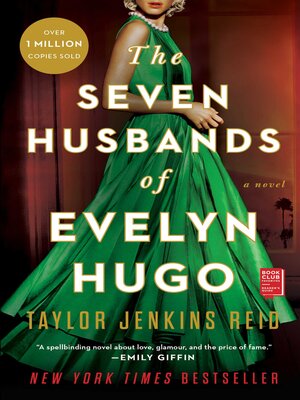
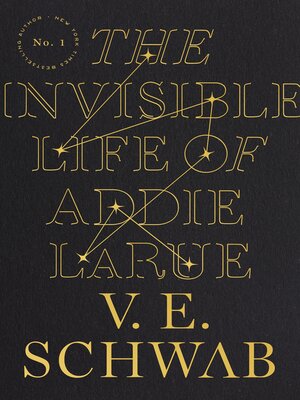

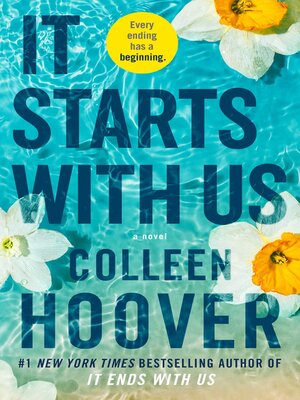
.svg)
.svg)

.svg)

